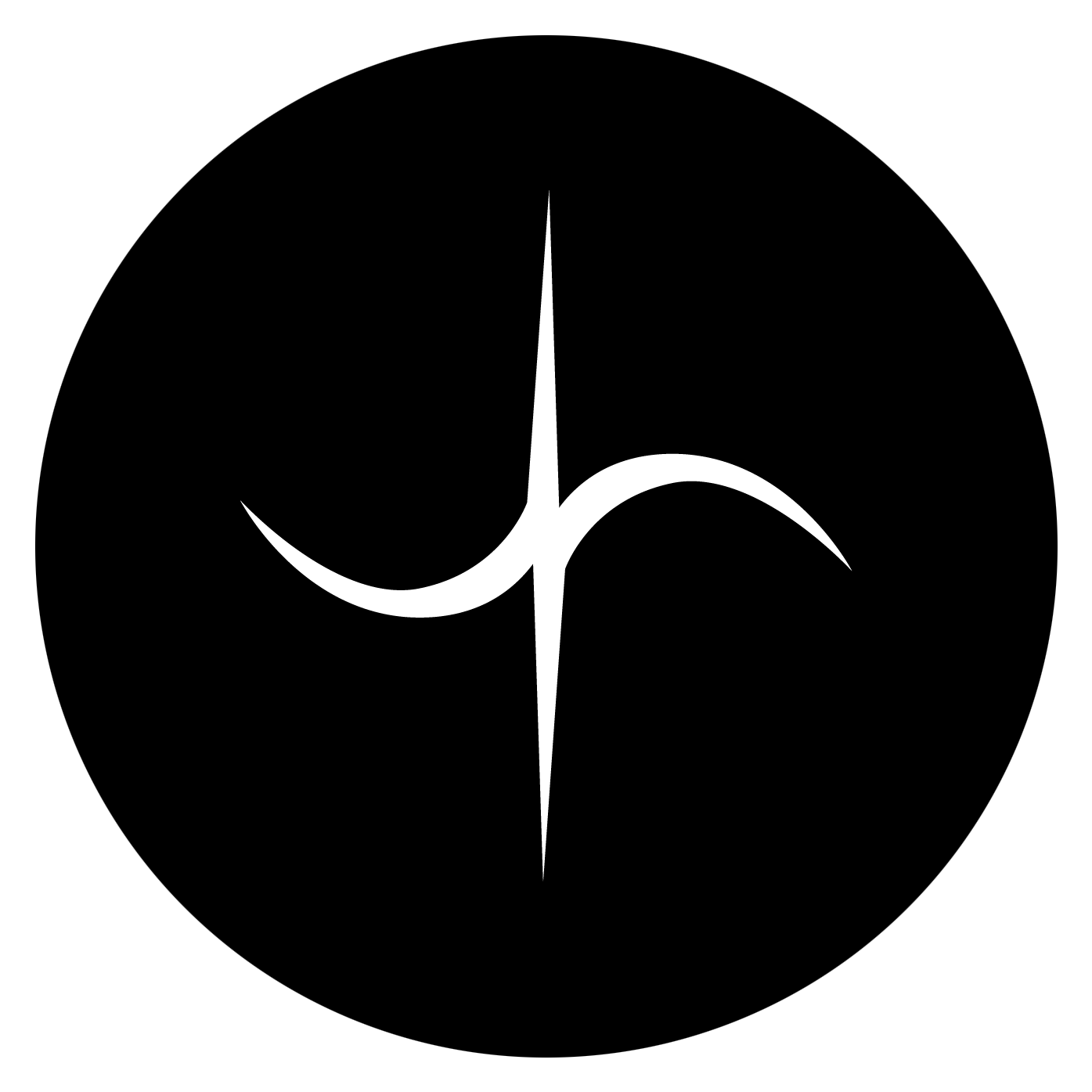Digital technologies have democratised the making of art. The intersection of technology and art has always been a fascinating domain, where human creativity meets the precision of machines. In recent years, this intersection has become even more vibrant and innovative with the advent of new technologies. This article explores how contemporary artists are harnessing these technologies to push the boundaries of traditional art forms and create groundbreaking works. I also share some examples from my own works to understand the same.
1. Digital Painting and Drawing
Digital painting and drawing tools have revolutionized the way artists create images. Software like Adobe Photoshop and Procreate offers an array of brushes, colors, and effects that mimic traditional painting and drawing techniques. These tools not only replicate the textures and strokes of physical media but also provide artists with unprecedented flexibility to experiment and iterate rapidly.
Check out my AI-brushes project to get an idea on how new forms of brushes can be created with digital technology andd then can be used to create art.
3D modelling software has opened up new dimensions for artists. Tools like Blender and Autodesk Maya enable the creation of intricate digital sculptures and environments. Moreover, with 3D printing technology, these digital creations can be brought into the physical world, allowing artists to explore the interplay between digital precision and the tactile qualities of physical objects.
3. Artificial Intelligence in Art
Artificial Intelligence (AI) is perhaps the most groundbreaking of the new technologies being used in art. AI algorithms can analyze vast amounts of visual data and learn to create images and patterns. Artists are using AI tools to generate unique visual artworks, which would be impossible to create manually. This collaboration between human artists and AI is producing a new genre of art that challenges our traditional understanding of creativity and authorship.
Check out Auria Kathi and Dreamcatcher as examples for the same.
4. Augmented and Virtual Reality
Augmented Reality (AR) and Virtual Reality (VR) technologies are providing artists with new canvases and mediums. AR allows for the overlay of digital images onto the physical world, creating a blend of reality and digital art. VR, on the other hand, immerses the viewer in entirely digital environments, offering a new level of experiential art where viewers can interact with and influence the art piece.
Read about Pilgrimage to understand an example of the same.
5. Interactive Installations
Technological advancements have also led to more sophisticated interactive installations. These installations use sensors, projectors, and software to create immersive environments that respond to the presence and actions of viewers. This interactivity enables a unique form of dialogue between the artwork and the audience, making each experience of the artwork unique.
An example would be Heart Art and Leave Me Be
A final word...
The fusion of new technologies with art is not just about adopting new tools; it's about reimagining what art can be. As artists continue to explore these technologies, the boundaries of art will expand, leading to new forms of expression and experience. This technological revolution in art is not replacing traditional methods; instead, it is enriching the artistic landscape with new possibilities and perspectives.
If you would like to know more about creativity and tech, feel free to reach out to me here.
